Meadow Waxcap / Autumn / Winter / Edible
Immerse yourself in the vibrant beauty of the Meadow Waxcap (Hygrocybe pratensis) as we embark on a journey to savor its edible delights.
Join us in celebrating the captivating colors and delightful flavors of this remarkable fungus. With its striking appearance, featuring a range of vivid hues from yellow to orange, the Meadow Waxcap stands as a true culinary gem.
Learn to identify its unique features, discover its preferred habitats, and delve into the culinary treasures it offers. From its delicate texture to its subtle, earthy flavor, this mushroom has the power to elevate your culinary creations to extraordinary heights.
Whether you are an experienced forager or an adventurous home cook, let the Meadow Waxcap inspire your culinary endeavors and awaken your taste buds to its marvelous flavors. Embrace the abundance of nature’s bounty as we celebrate the enchanting delights that lie within the Meadow Waxcap. Get ready to embark on a flavor-filled journey as we explore the captivating culinary possibilities offered by this extraordinary fungus.
Scientific Name
Hygrocybe/Cuphophyllus pratensis
Family
Hygrophoraceae
Habitat
Grassland and pasture. Grows in groups or troops or sometimes individually.
Description
A nice common mushroom found in late autumn and winter it as the name suggest grows in meadows. It is thought of as the best of the Waxcaps as it has a good mushroomy taste and thick substantial flesh. A light in the dark of winter foraging!
Identifying Features for the Meadow Waxcap:
Cap:
Orange to buff in colour the cap is convex to flat sometimes having upturned edges with a wide umbo (nipple) and thick flesh. A bit waxy looking and feeling.
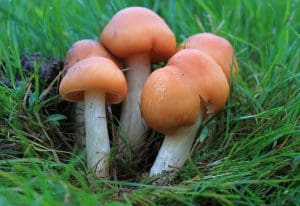
Stem:
Off-white. Stout and tapering slightly towards the base.
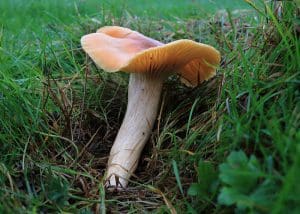
Gills:
Gills cream to orange/straw coloured. Thick waxy and running down the stem (decurrent) . Quite widely spaced. There are veins or very small gills running at right angles between the main gills
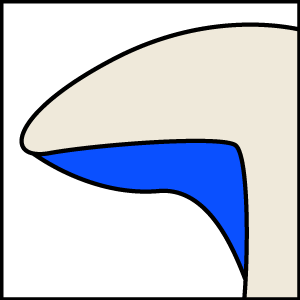
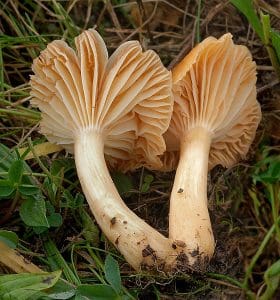
Smell:
Mushroom odour but the best tasting Waxcap.
Spores:
Off white to cream
Uses of the Meadow Waxcap
A great edible so use in dishes calling for mushroom or to add a great flavour to stocks and stews.
In food
As this is the best tasting waxcap, it is a great addition to meals but is also great on toast as a winter mushroom treat!
Harvesting
Found between September and December in grasslands or meadows often in groups but sometimes singly.
Known hazards
None
Potential lookalikes
This mushroom has no potential lookalikes and is safe to eat so long as you follow its identifying characteristics carefully. Other Waxcaps



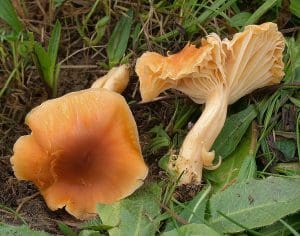
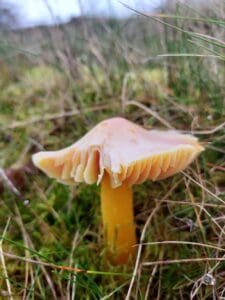
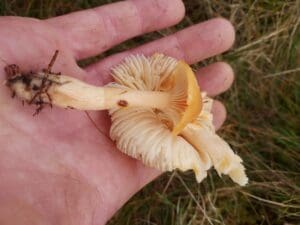



Leave a Reply
You must be logged in to post a comment.